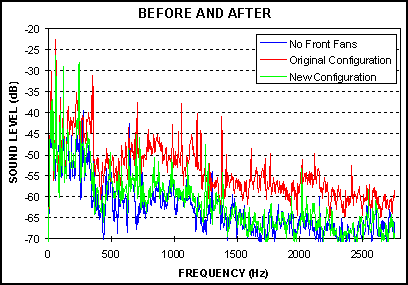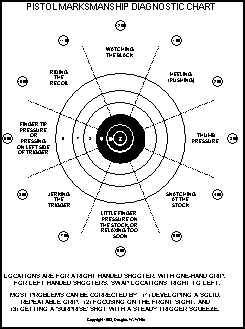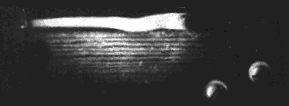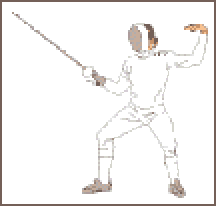

I'm an analog/RF hardware designer by trade, and I'm still not convinced computers are a good idea...
Nonetheless, they are annoying useful at times (although usually just annoying). Over the years, I've put together a couple of documents for which I get occasional requests. Rather than emailing them out to individuals, this is a good place to park them for all to see (and download if they desire).
My interests are a bit scattered, and the stuff I will be parking here reflects that. At various times, I do electronics, fencing, bagpiping, target shooting, woodworking, metalworking, and cursing at my computer. I also have a bad habit of getting curious about some little topic, and then researching it to death. Besides the kick of finding things out, I also figure I should save the next guy some effort. Therefore, a number of things posted on my site will be the results of this sort of 'Rabid Research.' Because I'm new to the Web page racket, I'll probably start by just posting links to .PDF files, rather than developing web content for each item.
Information on downloading the Adobe Acrobat PDF Reader
 |
In the Spring of 1999, I put together a dual Pentium PC from components. I wanted to keep all the drives & electronics nice and cool, so I got a case with a lot of cooling options. What I hadn't counted on was the amount of acoustic noise even a couple of additional fans would make. Thus began the quest for a more quiet computer. As you can see from the plot on the left, I managed to drop the noise by about 10 dB over a fairly broad range of frequencies, and I have ideas on how to do even better. I've written up all the various experiments I tried, with sound level measurements at each step. The file is pretty large, because it contains a number of plots and photographs. To read all the gory details, download the PDF file: noise.PDF (614 KB) |
 |
I've been shooting target pistols in competition since 1970, when I first joined the M.I.T. Pistol Team. For about 10 years, I was the Chief Instructor of the M.I.T. Pistol Club. There are a number of diagnostic charts floating around to help people sort out common problems. Not to be outdone, I've got one too. Some of the other charts I've seen are poorly formatted, and many are missing what I feel are more common errors. Others have helpful stuff like 'Raising the pistol at the last moment' listed as a cause for high shots. This one is based largely on a little card the old Caswell target carrier company used to pass out, but it's been modified & embellished over the years. I've set it up in a PDF to fill a single page. Full chart in Acrobat PDF: DIAGNOSE.PDF (12 KB) |
 |
High speed photo showing rubber band flexing and bouncing off the top surface of the pistol, just after release. |
The final report for the course has been scanned and reformatted into a PDF file. I apologize for the writing style. It was over 25 years ago, and I seem to recall that the report had to be more than some number of pages, so I got a bit wordy in spots. I did my best to clean up the photos so that they would be legible. There was a lot of work involved in setting up the equipment, and if we could see what we needed to, we didn't go back to fine tune exposures & such. The lab was supposed to teach how to instrument physical phenomena with high speed photography, not necessarily generate lovely pictures. Be warned, because of all the photos, the file is quite large.
Full report in Acrobat PDF: Balstics.PDF (574 KB)
 |
Modern fencing uses electronic scoring for competitions, and maintaining your equipment can be quite a chore. Fencing foils have a small switch at the tip, and a wire running the length of the blade in a small groove. The wire is cemented in place, and is prone to breaking or coming loose. I got tired of the mess & premature failure of some of my wiring efforts, and decided to do a thorough investigation of various glues & techniques. This was originally posted to the 'rec.sports.fencing' Usenet newsgroup in a couple of installments during 1996. Someday I would like to clean up the data & add some additional comments & tricks I've learned since then. In the meantime, Eric Anderson of the Iowa State University Fencing Club, has done a nice job of organizing the original material into a web page: http://pc13124.admin.iastate.edu/fencing/workbench/glue_index.html |